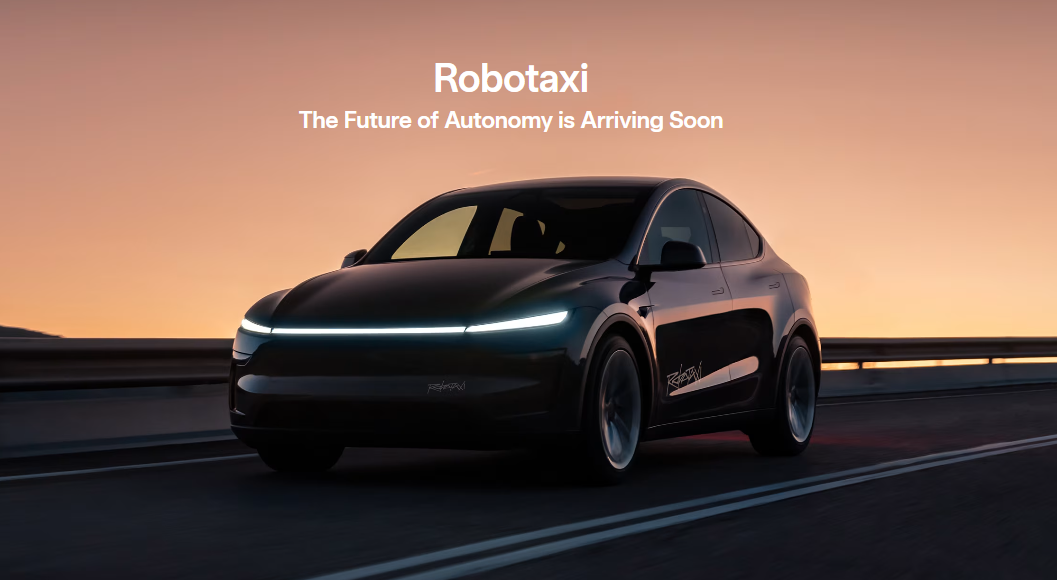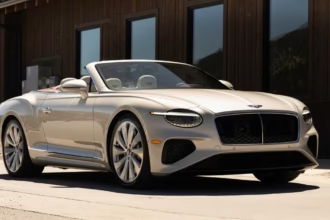Autonomous Driving Technology Promises a New Era of Mobility
Picture this: a bustling San Francisco street, where a sleek Tesla Robo Taxi glides silently, no driver in sight. Today, Tesla launched its 1,000-strong robotaxi fleet, a bold leap in autonomous driving technology that could slash urban commuting costs by 40% by 2028. Unveiled by Elon Musk, these Level 5 autonomous vehicles navigate complex cityscapes using AI trained on billions of miles of data, boasting a 10x lower accident rate than human drivers, per Tesla’s internal tests.
This isn’t just a new ride, it’s a revolution in autonomous driving technology. Cities like Los Angeles and New York are piloting the fleet, with urban planners forecasting a 25% drop in traffic congestion by 2030 as shared robotaxis replace private cars. Tesla’s plan to license its autonomous driving technology to rivals like Ford could standardize self-driving systems globally, reshaping the auto industry. But challenges persist: 60% of commuters are excited, per a 2025 Pew survey, yet fear job losses for drivers and cybersecurity risks.
Tesla’s response is proactive, a $500 million cybersecurity fund and retraining programs for 10,000 drivers as fleet operators. The ripple effects of autonomous driving technology are massive: parking lots could vanish, freeing urban land for parks, while renewable-powered Superchargers strain energy grids. Competitors like Waymo trail, but Tesla’s brand loyalty and first-mover edge dominate.
As cities embrace this autonomous driving technology, the future feels closer than ever. Imagine hailing a robotaxi via an app, saving time and money while reducing emissions. Tesla’s 2025 launch isn’t just about transport, it’s about reimagining urban life for decades to come.






